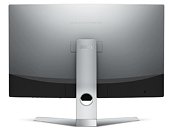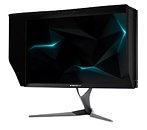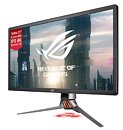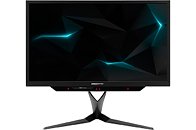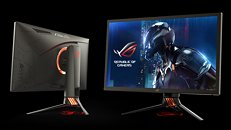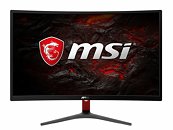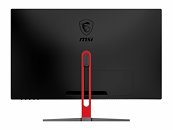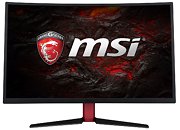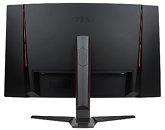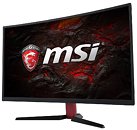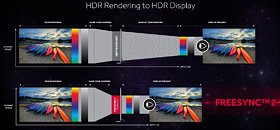
BenQ Launches the EX3203R Monitor: 31.5", 2560 x 1440, 144 Hz, FreeSync 2, 1800R Curvature
BenQ announced a new entry to its monitor lineup under the model name EX3203R. It sports a 31.5" VA panel with 2560 x 1440 resolution, and can display frames at up to 144 Hz refresh rates. The slight 1800R curvature is expected to keep all points of the monitor at the same distance from users' eyes. AMD's FreeSync 2 technology is also being employed here, making this a more attractive proposition for gaming scenarios. Since this is FreeSync 2 we're talking about, the effective FreeSync range should be quite high, since support for LFC (Low Frame-Rate Compensation) is an essential part of the certification.
Like most BenQ (and other brands') monitors, BenQ is touting this panel as HDR-compatible, and sporting a HDR-specific luminance mode that achieves a top 400 cd/m² luminance - the basest of the base values allowed by AMD for HDR compatibility. Non-HDR content, however, will default to a top 300 cd/m² luminance. BenQ is quoting 90% DCI-P3 coverage. Connectivity options include 2x HDMI 1.4 ports, 1x DisplayPort 1.2a, 2x USB 3.1 ports, and 1x USB Type-C port. Pricing hasn't been announced at time of writing.
Like most BenQ (and other brands') monitors, BenQ is touting this panel as HDR-compatible, and sporting a HDR-specific luminance mode that achieves a top 400 cd/m² luminance - the basest of the base values allowed by AMD for HDR compatibility. Non-HDR content, however, will default to a top 300 cd/m² luminance. BenQ is quoting 90% DCI-P3 coverage. Connectivity options include 2x HDMI 1.4 ports, 1x DisplayPort 1.2a, 2x USB 3.1 ports, and 1x USB Type-C port. Pricing hasn't been announced at time of writing.

